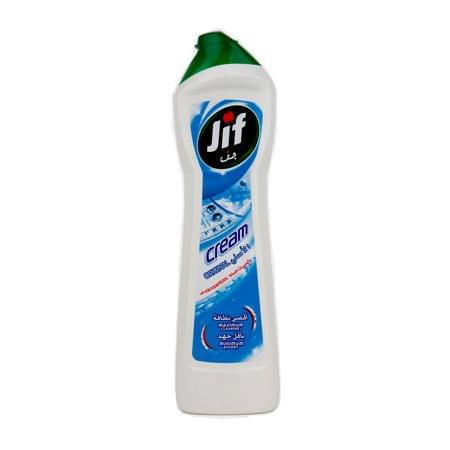kmanstudios 1,120
I just also thought of this: Depending on your cleaning of plate ritual, it may have built up a microfilm. Some areas have high degrees of minerals in them. Wonder if that could be the culprit.....just bouncing ideas off the wall here....












Recommended Posts
kmanstudios 1,120
If I remember correctly, over time, micro pits are created in the glass by pulling off prints if they are really stuck on.
Link to post
Share on other sites